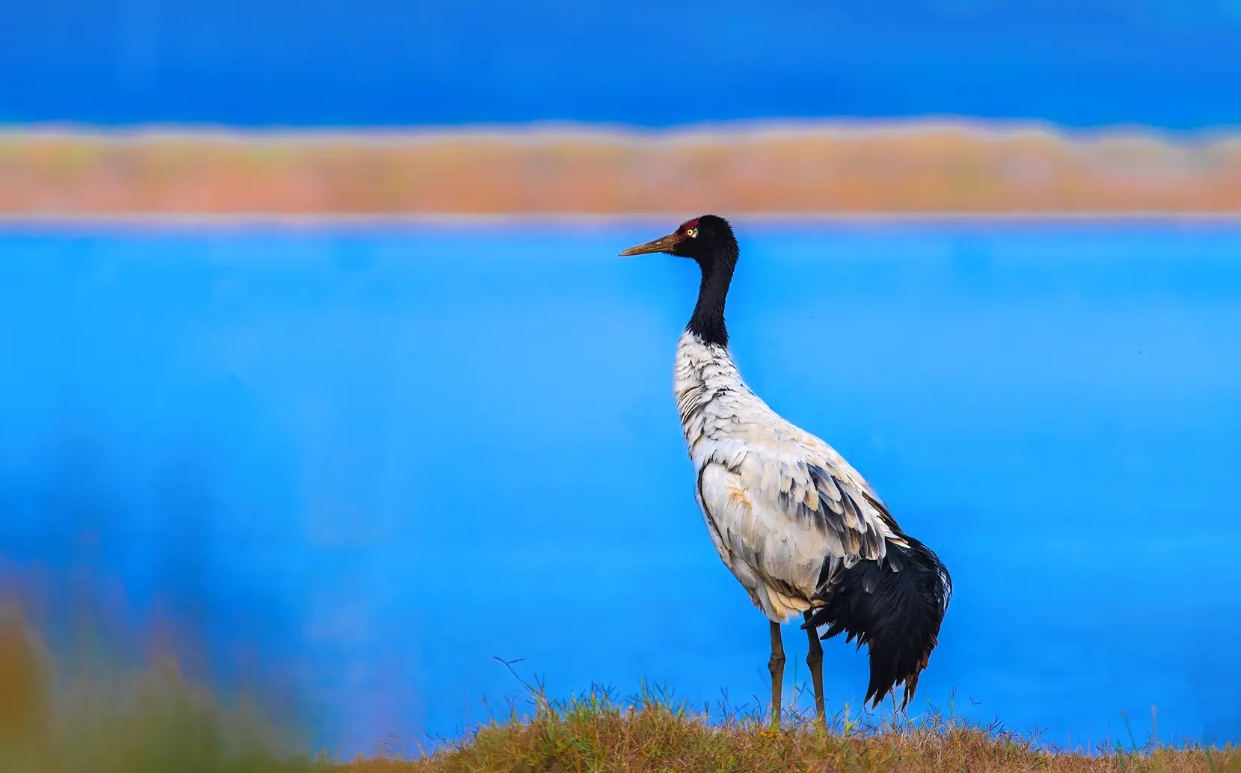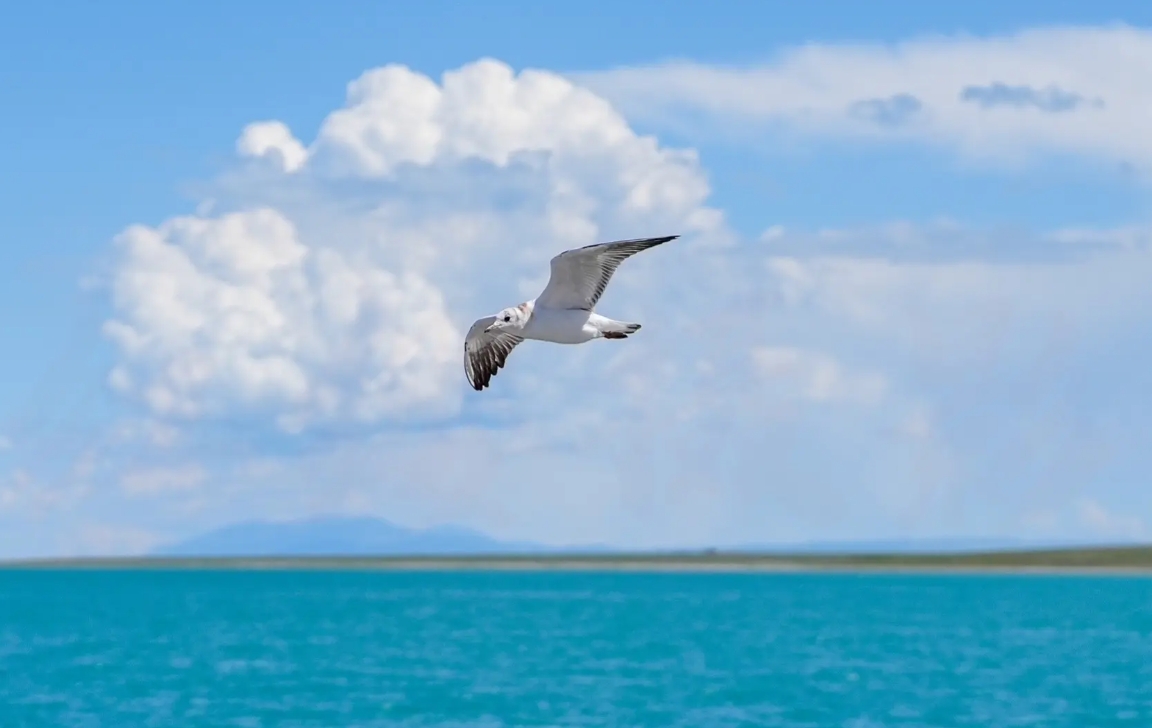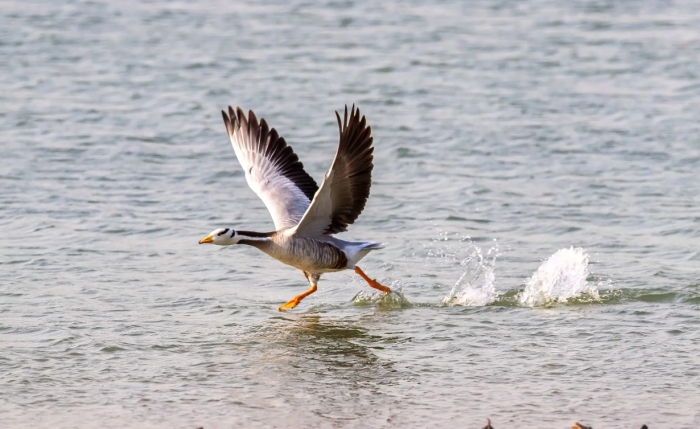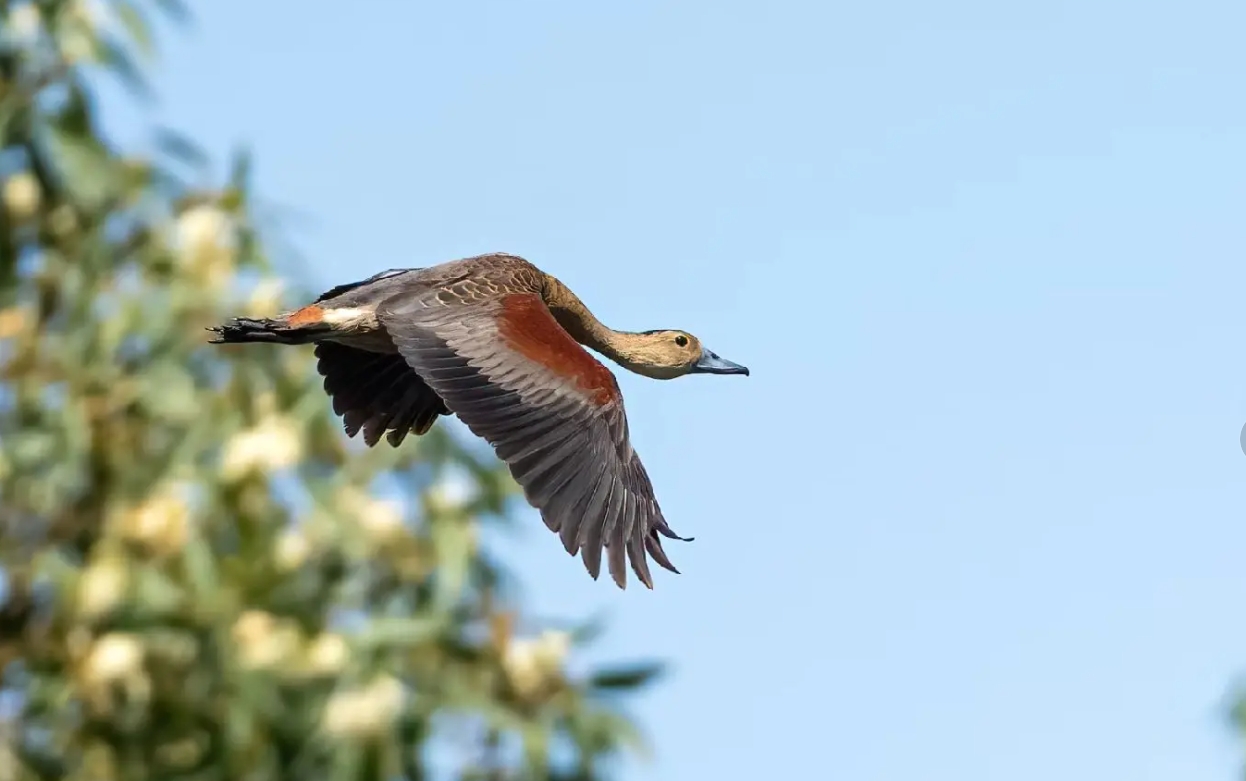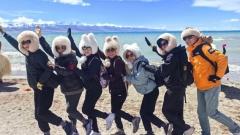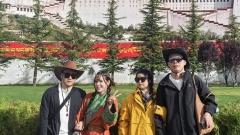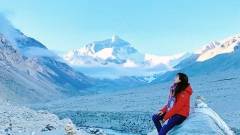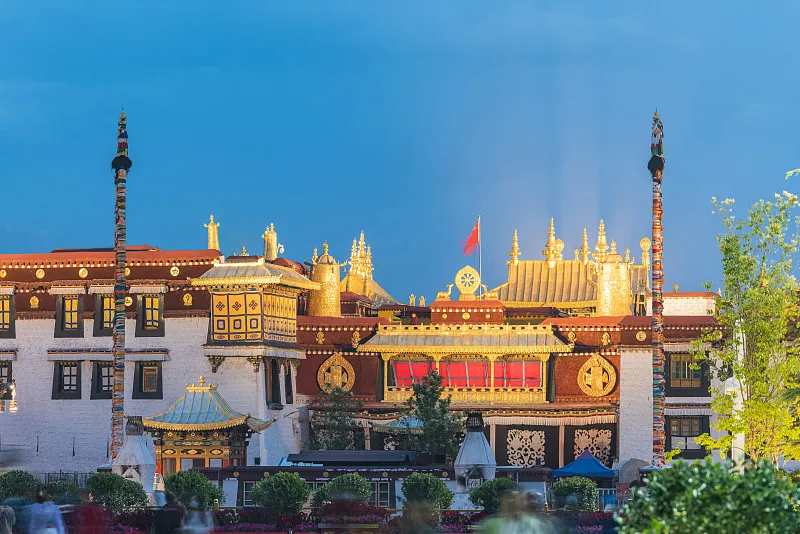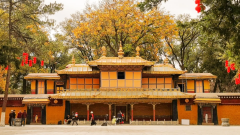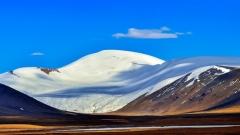When most people think of Lhasa in winter, they imagine snow-covered monasteries, quiet pilgrimage paths, and clear blue skies over the Potala Palace. Few realize that winter is also the best season for birdwatching in Tibet’s capital. From November to March, Lhasa becomes home to thousands of migratory birds, turning the holy city into an unexpected paradise for bird lovers.
Why Winter Is the Best Time for Birdwatching in Lhasa
During winter, the highland rivers around Lhasa do not freeze completely, creating ideal habitats for migratory species. Birds from northern Tibet, Inner Mongolia, and even Siberia flock here to escape the severe cold. The warmer valleys and abundant food supply in the Lhasa River basin make it a perfect wintering ground.
Unlike summer, when crowds of tourists dominate the city, winter birdwatching offers a quieter and more peaceful experience. Travelers can observe rare species at close range while enjoying the serene beauty of Lhasa in its off-season.
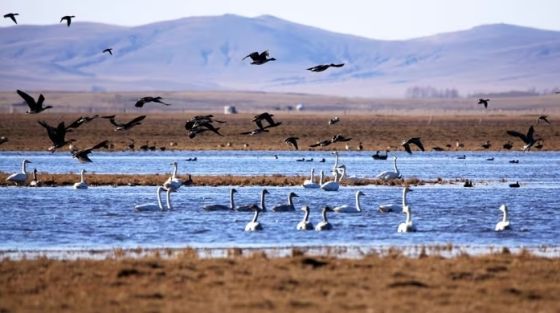
migratory birds
Bird Species You Can Spot
Winter brings an impressive variety of birds to Lhasa. Some of the most remarkable species include:
-
Black-necked Cranes – The most famous winter visitors, considered a symbol of purity and longevity in Tibetan culture.
-
Bar-headed Geese – Known for their incredible ability to fly over the Himalayas at extreme altitudes.
-
Brown-headed Gulls – Often seen circling above rivers and lakes in large flocks.
-
Brahminy Ducks – With their striking orange plumage, they add vibrant color to the winter landscape.
-
Wild Ducks & Herons – Frequently spotted in wetlands and riverbanks around the city.
These birds not only enrich Lhasa’s ecosystem but also bring life and energy to the otherwise quiet winter season.
Best Places for Birdwatching Around Lhasa
Several spots in and around the city are particularly well-known for birdwatching:
-
Lalu Wetland National Nature Reserve – Located in the northern suburbs of Lhasa, it is the world’s highest and largest natural wetland within a city. The reserve is home to flocks of migratory birds each winter.
-
Lhasa River – Flowing across the city, its unfrozen sections attract cranes, geese, and ducks, offering convenient birdwatching opportunities even near urban areas.
-
Duilung Deqing County – Just outside Lhasa, this region is one of the best places to observe large gatherings of black-necked cranes.
-
Linzhou County – About an hour’s drive from Lhasa, where farmlands and wetlands create a welcoming stopover for migratory species.
Cultural Connection: Birds in Tibetan Belief
Birds, especially black-necked cranes, hold a special place in Tibetan culture. They are often associated with auspiciousness and protection. Locals believe that spotting cranes during a pilgrimage is a blessing. Many monasteries and villages show deep respect for these birds, ensuring they are never hunted or disturbed.
Practical Tips for Winter Birdwatching in Lhasa
-
Best Time of Day: Early morning and late afternoon are ideal, when birds are most active.
-
What to Bring: A good pair of binoculars, a camera with zoom lens, warm clothing, and comfortable shoes.
-
Travel Comfort: Winter in Lhasa is sunny but cold, with daytime temperatures ranging from 5°C to 10°C and nights dropping below freezing. Layered clothing is essential.
-
Guided Tours: For a richer experience, consider joining a local birdwatching guide who knows the best hidden spots.
Conclusion
Lhasa in winter is more than a spiritual destination—it’s also a haven for birdwatchers. With its wetlands, rivers, and farmlands alive with migratory species, the city offers an unforgettable mix of natural beauty and cultural depth. For travelers seeking a quieter side of Tibet, winter birdwatching in Lhasa is an experience not to be missed.



